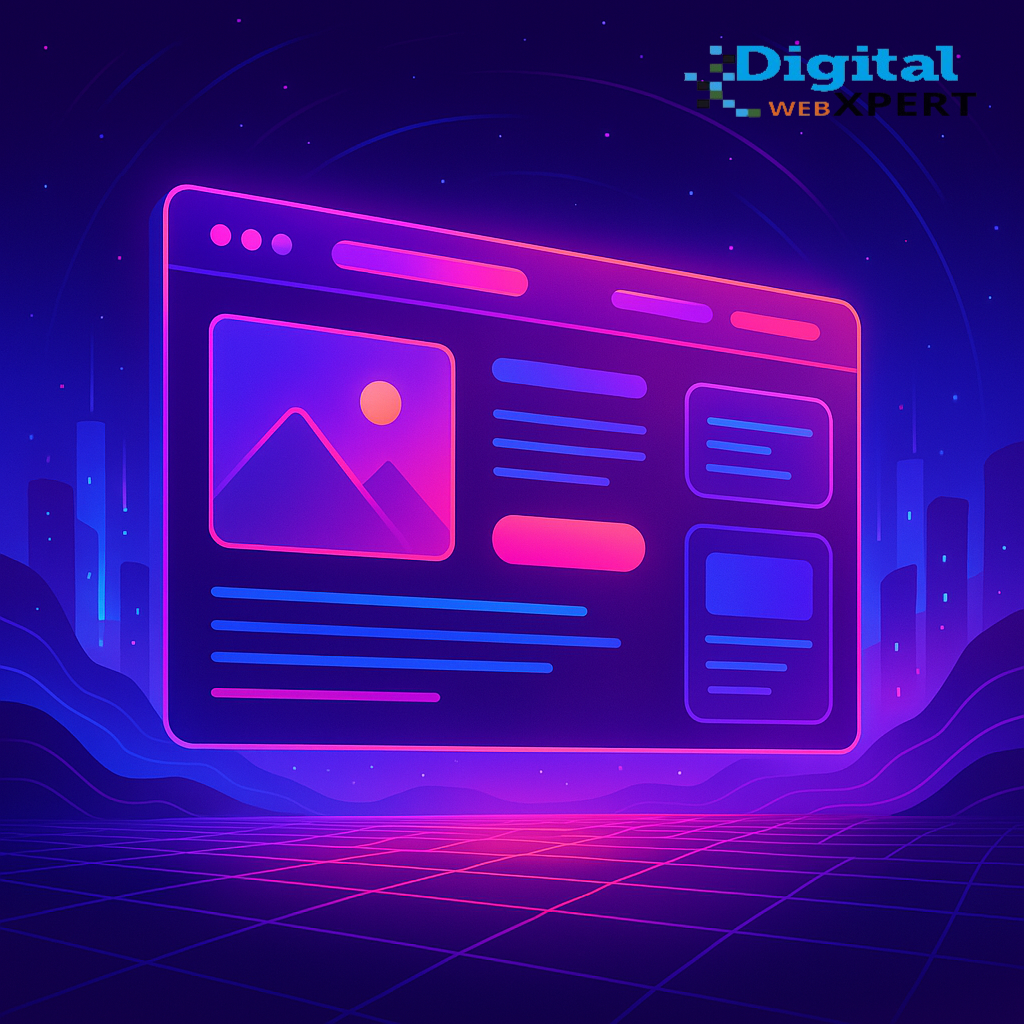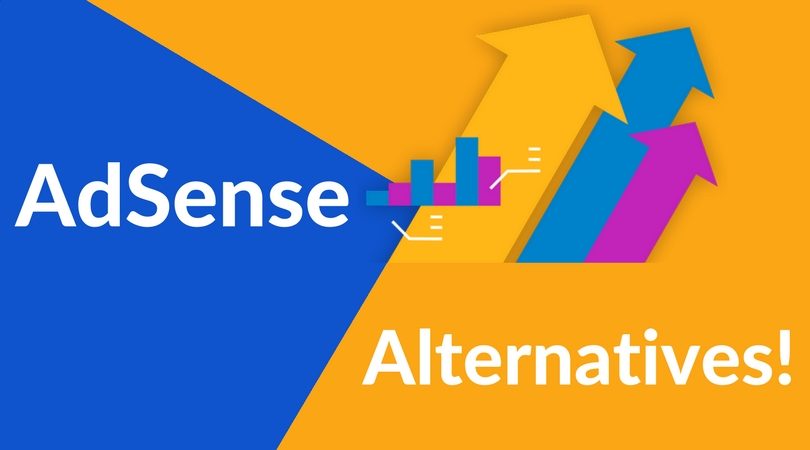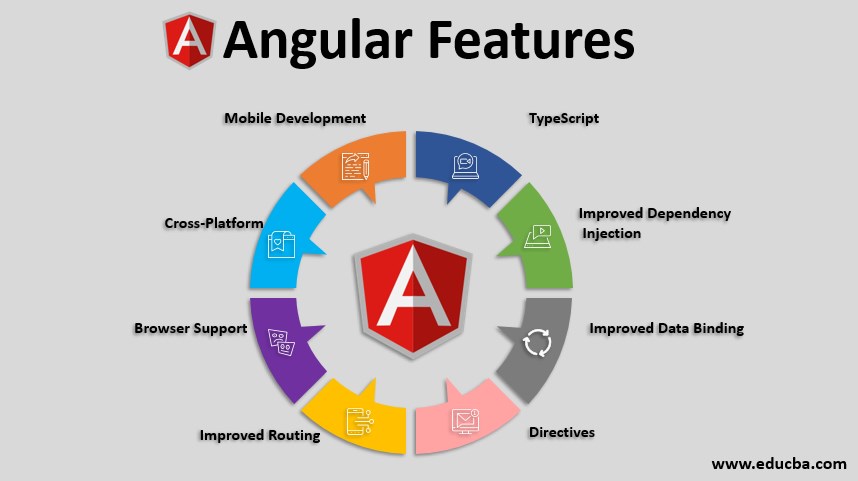Web development in 2025 is undergoing a dramatic transformation. No longer are websites just static pages with text and images—they are dynamic, intelligent, and highly personalized platforms. The rapid evolution of technology, changing user expectations, and the demand for seamless digital experiences are driving this change. Here are the key trends shaping the future of web development in 2025.
Artificial Intelligence and Machine Learning
Artificial Intelligence (AI) has moved from being a futuristic concept to a practical tool actively shaping web development. AI-powered tools automate routine coding tasks, generate content, and even design layouts based on user preferences. Website builders now leverage AI to help non-technical users create professional, customized sites with ease. For developers, AI-driven code assistants streamline workflows and reduce errors, making the process more efficient and creative.
AI also powers smarter chatbots, personalized recommendations, and real-time content adaptation. Businesses that harness AI for personalization and automation see higher engagement and retention rates, turning web development into a strategic advantage rather than just a technical necessity.
Progressive Web Apps (PWAs)
Progressive Web Apps continue to blur the line between traditional websites and native mobile applications. PWAs offer fast load times, offline capabilities, and push notifications—features that boost user engagement and retention. Many major brands report significant improvements in performance and user satisfaction after adopting PWAs.
PWAs are especially valuable for businesses targeting mobile-first audiences or operating in regions with unreliable internet connectivity. By investing in PWA development, companies can deliver seamless, app-like experiences without requiring users to download anything from an app store.
Headless CMS and Jamstack Architecture
Content management is being revolutionized by headless CMS solutions and the Jamstack approach. A headless CMS separates the content backend from the presentation layer, allowing content to be delivered across multiple channels—websites, mobile apps, and even IoT devices. This decoupling enables faster content delivery, improved agility, better scalability, and easier cross-platform deployment.
Jamstack (JavaScript, APIs, and Markup) further enhances speed and security by serving pre-built static pages and relying on APIs for dynamic content. The result is websites that are faster, easier to scale, and more secure, making this architecture a top choice for businesses looking for flexibility and performance.
Serverless Architecture and Edge Computing
Serverless computing and edge deployment are changing how web applications are built and scaled. Serverless platforms manage backend infrastructure automatically, allowing developers to focus on writing code without worrying about server management. Edge computing processes data closer to the user, resulting in lower latency and faster load times—a crucial advantage for global audiences.
These technologies enable businesses to build scalable, cost-effective applications that can handle traffic spikes and deliver content quickly, regardless of user location. Serverless and edge solutions also reduce infrastructure and maintenance costs while improving security and performance.
Accelerated Mobile Pages (AMP)
With over 60% of global web traffic coming from mobile devices, website speed and performance have never been more critical. Accelerated Mobile Pages (AMP) are lightweight versions of web pages designed for fast loading on mobile devices. AMPs use a stripped-down version of HTML and specialized JavaScript libraries to render content instantly.
The benefits of AMP include reduced bounce rates, increased user engagement, improved search engine rankings, and multi-platform compatibility. As consumers continue to prioritize speed and convenience, AMPs will remain a valuable tool for businesses aiming to expand their reach and improve user experience on mobile.
Immersive Technologies: AR, VR, and Mixed Reality
Augmented Reality (AR), Virtual Reality (VR), and Mixed Reality (MR) are moving from niche applications to mainstream web experiences. These immersive technologies allow websites to offer interactive product demos, virtual tours, and engaging educational content. As hardware and software continue to advance, expect more brands to leverage AR and VR to create memorable, interactive web experiences that set them apart from the competition.
Voice Search and Conversational Interfaces
Voice-driven interfaces are transforming how users interact with websites. The rise of smart speakers and voice assistants means that optimizing for voice search is no longer optional. Modern voice interfaces use natural language processing to understand context and intent, allowing users to navigate, search, and interact with websites using simple voice commands.
For e-commerce and content-heavy sites, voice search streamlines product discovery and improves accessibility, making the web more inclusive for all users.
Sustainable and Accessible Web Development
Sustainability is becoming a core principle in web development. Companies are focusing on energy-efficient hosting, lightweight frameworks, and optimized code to minimize digital carbon footprints. Sustainable web practices not only reduce operational costs but also enhance brand reputation among eco-conscious consumers.
Accessibility is also a top priority. Modern websites must be usable by everyone, regardless of ability. This means adhering to accessibility standards, providing alternative text for images, and ensuring keyboard navigation works seamlessly. Human-centered design and development highlight inclusivity, personalized content, and conscious choices in typography and color psychology.
Low-Code and No-Code Platforms
Low-code and no-code platforms are democratizing web development by allowing users with little or no coding experience to build and deploy websites using intuitive drag-and-drop interfaces. This accelerates development timelines, reduces costs, and empowers more people to bring their ideas to life.
For businesses, low-code solutions enable rapid prototyping and faster time-to-market, fostering innovation and adaptability in a fast-changing digital world.
Evolving Front-End Technologies
Front-end development is at the forefront of innovation. Frameworks like React, Svelte, and Qwik are enabling the creation of ultra-fast, interactive web applications. Utility-first CSS frameworks such as Tailwind CSS streamline the design process, allowing developers to build responsive layouts efficiently.
The focus in 2025 is on speed, interactivity, and AI-enhanced interfaces. Technologies that reduce client-side overhead and improve performance are highly sought after, especially for e-commerce and SaaS platforms.
Conclusion
The future of web development in 2025 is dynamic, intelligent, and user-focused. By embracing trends like AI, PWAs, headless CMS, serverless architecture, AMP, immersive technologies, voice search, sustainability, and low-code platforms, businesses and developers can create innovative, high-performance websites that meet the evolving needs of users.
Staying informed and adaptable is crucial. Those who invest in learning and implementing these trends will not only stay competitive but also help shape the next generation of the web.



